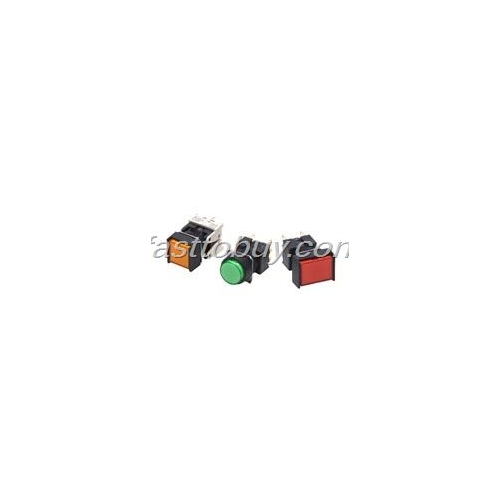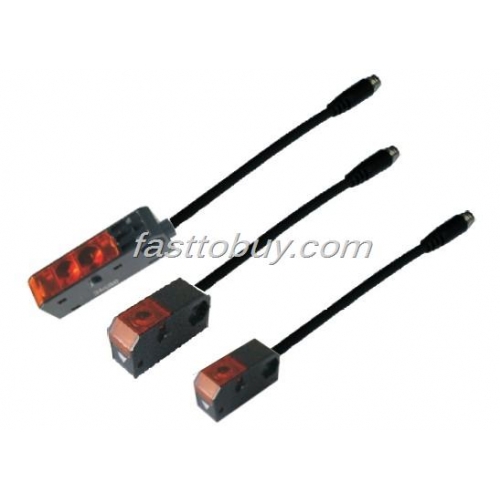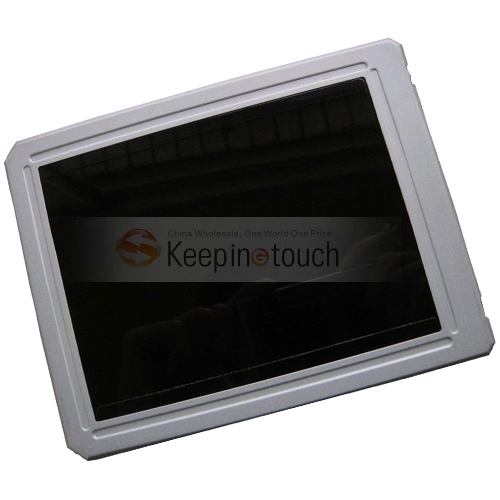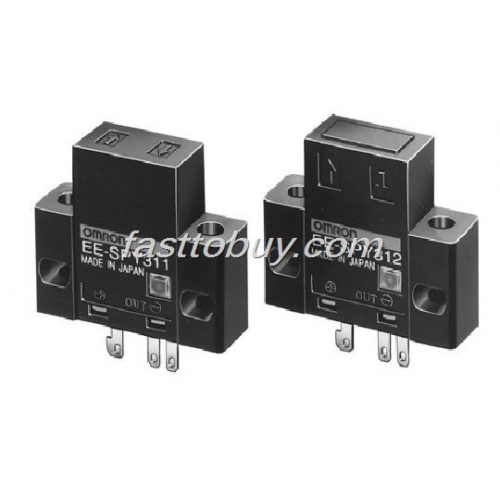| No comment |
Your Position: Home
> Transducer/Sensor > Photoelectric Sensors > Photoelectric Switch > EE-SPY312 Sensor NEWCategories
View History
Description
EE-SPY312 Omron Photomicrosensor NEW
Product Description:
Accurately Detects Objects Placed in Front of Mirror-like Background
· A mirror-like background can be used when the distance between the sensor and the background is 20 mm or more
· Detects an object as small as a 0.05-mm-dia. pure copper wire
· Detects dark-colored objects
· Light modulation effectively reduces external light interference
· Convert to PNP output with EE-2002 conversion connector.
Specifications:
Item | Reflective | |||
? | EE-SPY311 | EE-SPY411 | EE-SPY312 | EE-SPY412 |
Supply voltage | 5to24VDC ±10%, ripple (p-p): 5% max. | |||
Current consumption | Average: 15 mA max.; Peak: 50 mA max. | |||
Rated sensing distance | 2 to 6 mm (Reflection factor: 90%; white paper: 15 x 15 mm) | |||
Standard reference object | Transparent, opaque | |||
Differential distance | 0.2 mm (with a sensing distance of 3 mm, horizontally) | |||
Control output | At 5 to 24 VDC: 80-mA load current (IC) with a residual voltage of 1.0 V max. | |||
Transistor on output stage without detecting object | ON | OFF | ON | OFF |
Transistor on output stage with detecting object | OFF | ON | OFF | ON |
With detecting object | ON | |||
Without detecting object | OFF | |||
With detecting object | ON | |||
Response frequency** | 100 Hz | |||
Light source | GaAs infrared LED (pulse-modulated) with a peak wavelength of 940 nm | |||
Receiver | Si photo-diode with a sensing wavelength of 850 nm max. | |||
Connecting method | EE-1001/1006 Connectors; soldering terminals/cordset | |||
Note:
The response frequency was measured by detecting the disks rotating, as illustrated at the top of the next page.
EE-SPY312 Omron Photomicrosensor NEWProduct Description:
Accurately Detects Objects Placed in Front of Mirror-like Background
· A mirror-like background can be used when the distance between the sensor and the background is 20 mm or more
· Detects an object as small as a 0.05-mm-dia. pure copper wire
· Detects dark-colored objects
· Light modulation effectively reduces external light interference
· Convert to PNP output with EE-2002 conversion connector.
Specifications:
Item
Reflective
?
EE-SPY311
EE-SPY411
EE-SPY312
EE-SPY412
Supply voltage
5to24VDC ±10%, ripple (p-p): 5% max.
Current consumption
Average: 15 mA max.; Peak: 50 mA max.
Rated sensing distance
2 to 6 mm (Reflection factor: 90%; white paper: 15 x 15 mm)
Standard reference object
Transparent, opaque
Differential distance
0.2 mm (with a sensing distance of 3 mm, horizontally)
Control output
At 5 to 24 VDC: 80-mA load current (IC) with a residual voltage of 1.0 V max.
When driving TTL: 10-mA load current (IC) with a residual voltage of 0.4 V max.Transistor on output stage without detecting object
ON
OFF
ON
OFF
Transistor on output stage with detecting object
OFF
ON
OFF
ON
With detecting object
ON
Without detecting object
OFF
With detecting object
ON
Response frequency**
100 Hz
Light source
GaAs infrared LED (pulse-modulated) with a peak wavelength of 940 nm
Receiver
Si photo-diode with a sensing wavelength of 850 nm max.
Connecting method
EE-1001/1006 Connectors; soldering terminals/cordset
Note:
The response frequency was measured by detecting the disks rotating, as illustrated at the top of the next page.
















